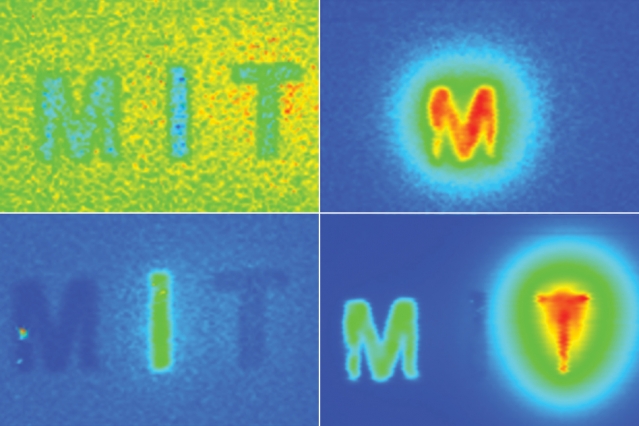To detect cancer at early stage is critical for treatment. In order to spot tumors before they become too big to cure, researchers at Massachusetts Institute of Technology (MIT) developed an optical imaging system using near-infrared light to spot tiny tumors.
The MIT research team noted that near-infrared light with wavelengths from 900 to 1700 nanometers, is suitable to tissue imaging because light with longer wavelengths does not scatter as much as when it strikes objects, allowing the light to penetrate deeper into the tissue. Using the advantage of near-infrared light, researchers used an approach known as hyperspectral imaging, which enables simultaneous imaging in multiple wavelengths of light. They developed the method called DOLPHIN, standing for ‘Detection of Optically Luminescent Probes using Hyperspectral and diffuse Imaging in Near-infrared.’
With DOLPHIN, the MIT researchers used an approach known as hyperspectral imaging, which enables simultaneous imaging in multiple wavelengths of light. They tested their system with a variety of near-infrared fluorescent light-emitting probes; each of them emits near-infrared fluorescent light of different wavelengths. By analyzing the data from hyperspectral scan, researchers can identify the location of the probe and determine the depth of them based on the wavelength of light.

(Image: MIT)
The method is able to track a 0.1 mm fluorescent probe through the digestive tract of a living mouse and detect a signal to a tissue depth of 8 cm. The excellent detecting capability of the new approach might be a game changer in biomedical application, as currently common scanning techniques such as CT and MRI can only identify tumors when they reach 1 cm size and the existing imaging method can image no deeper than 3 cm into issue.
The researchers are working on adapting the imaging system to detect cancer that is usually diagnosed late, such ovarian cancer, pancreatic cancer and brain cancer, as tumors in these areas are difficult to be spotted when they are still small.
The research article was published on Scientific Reports in March.





 CN
TW
EN
CN
TW
EN






